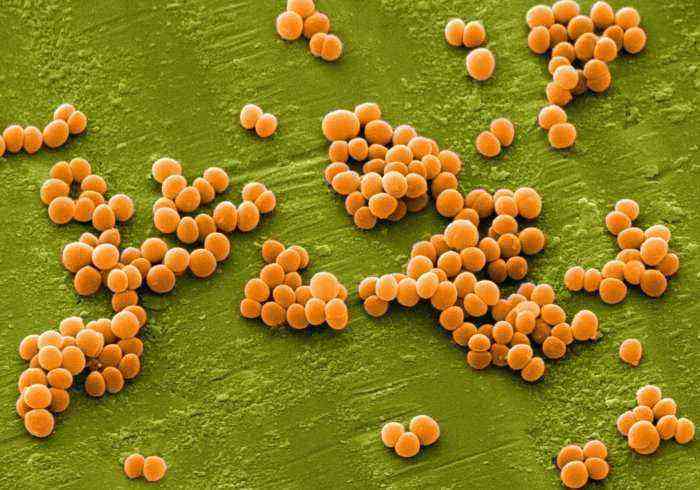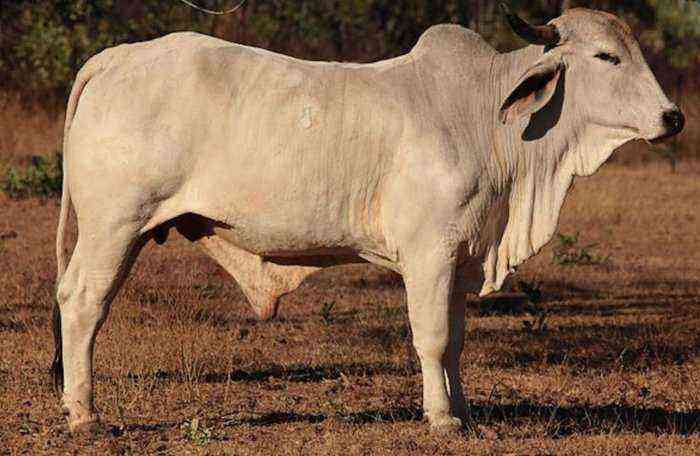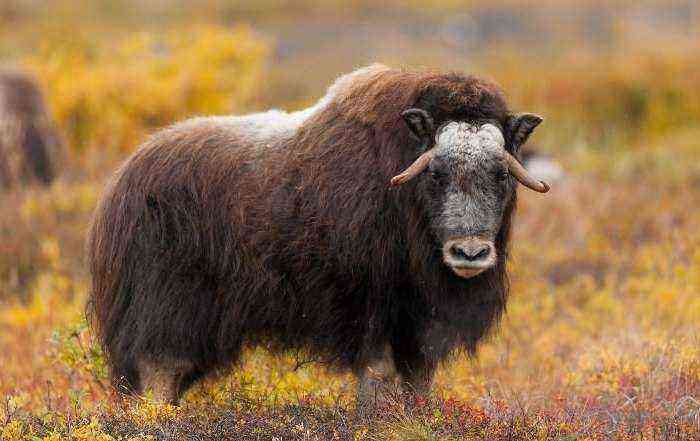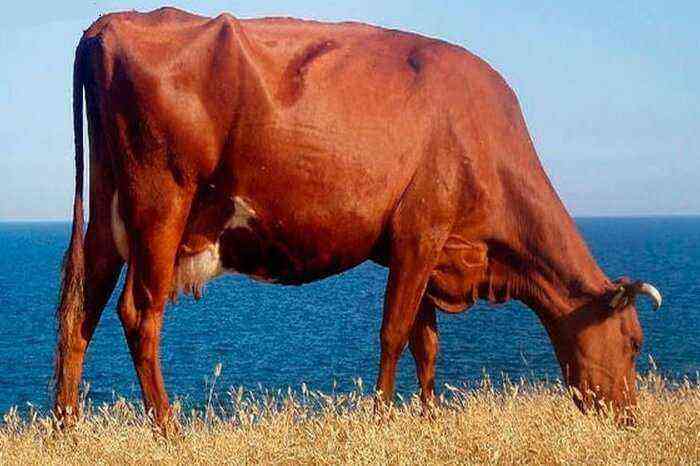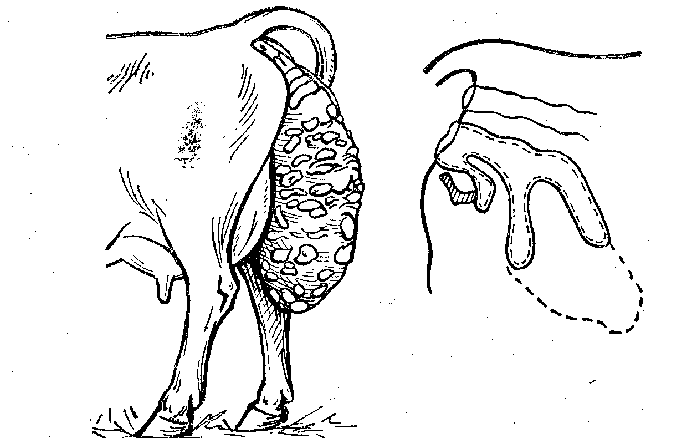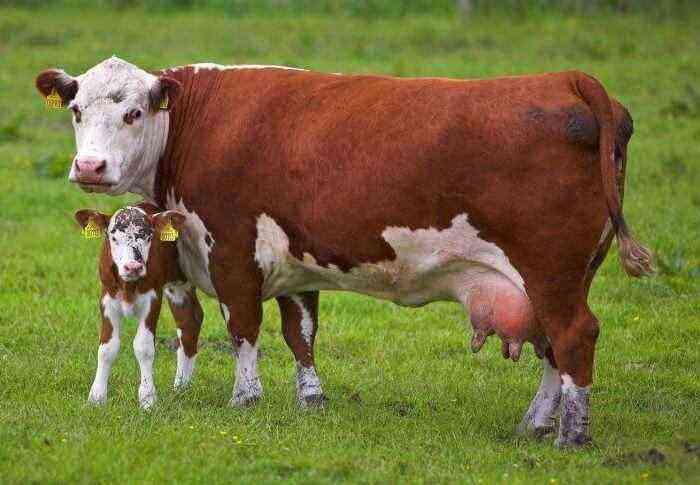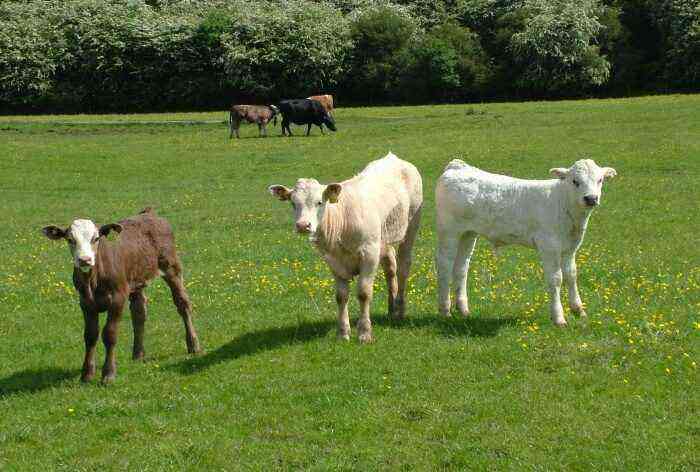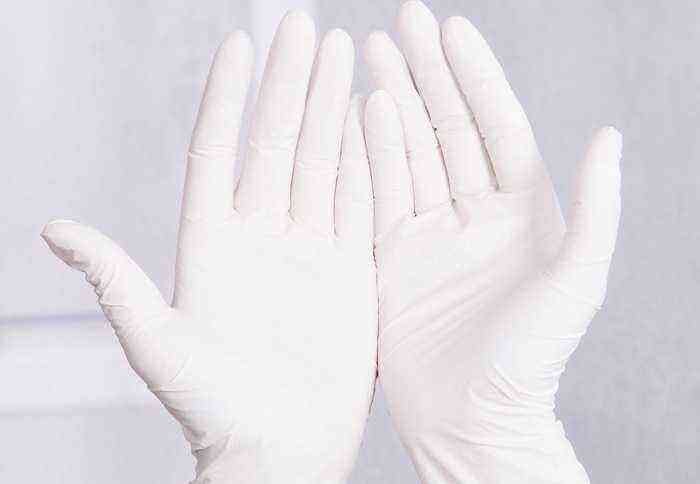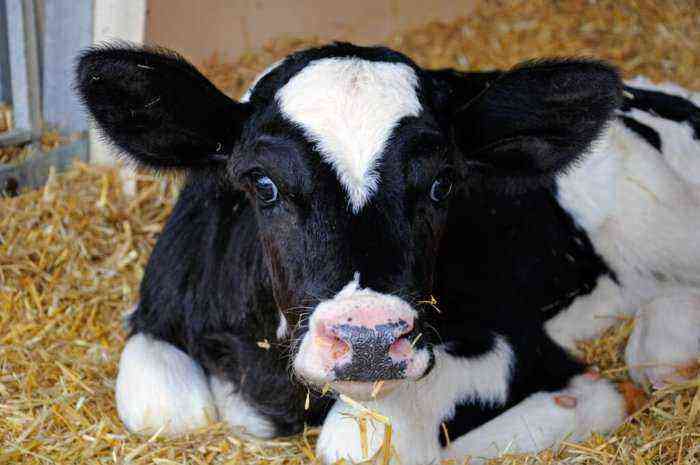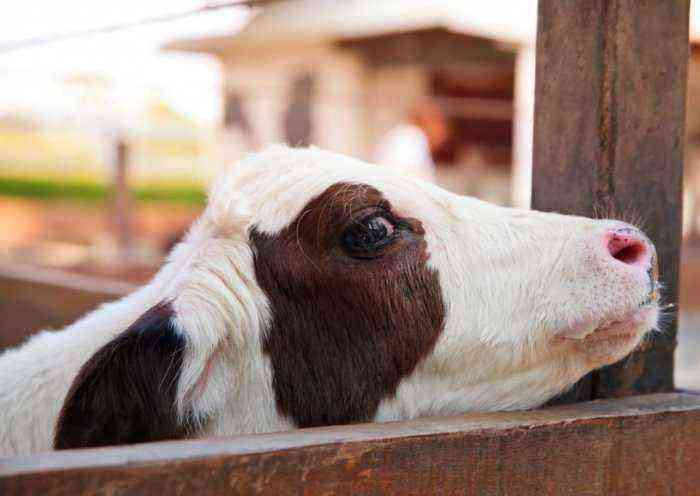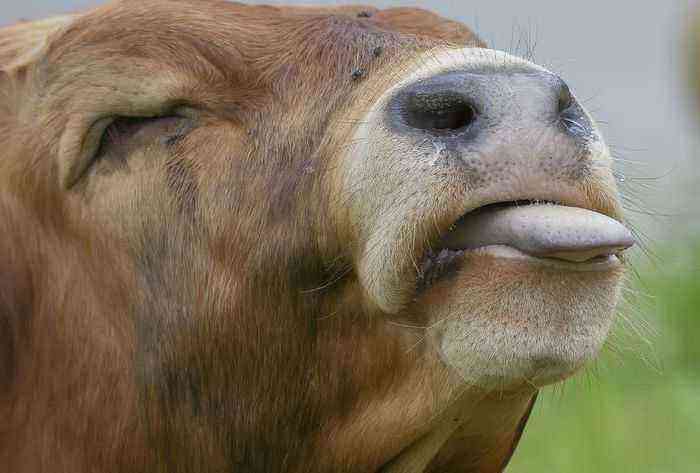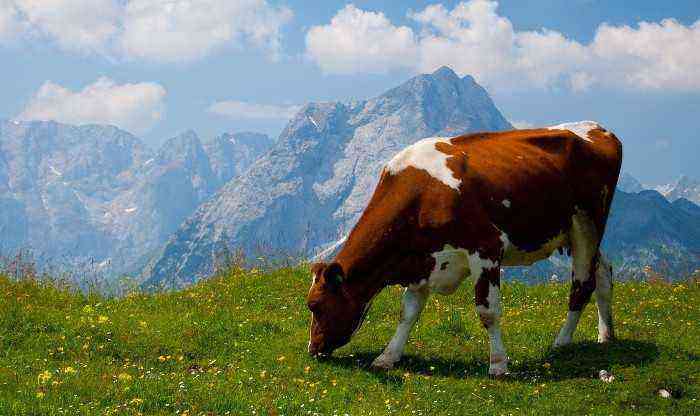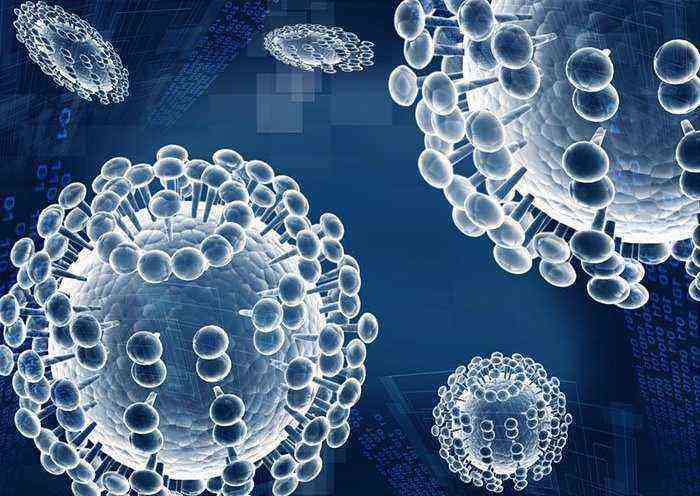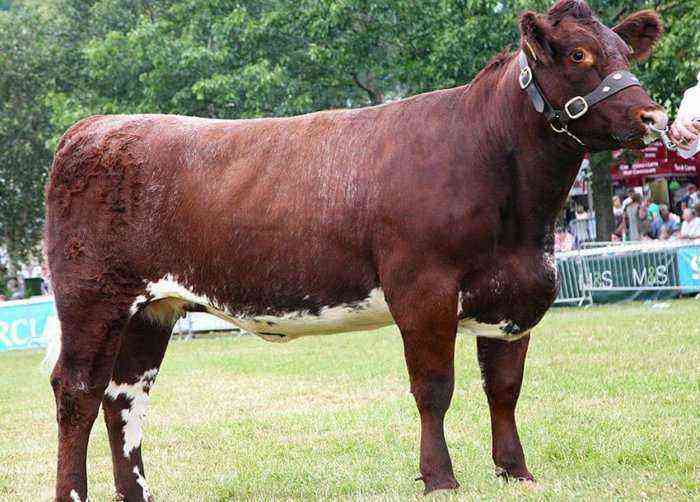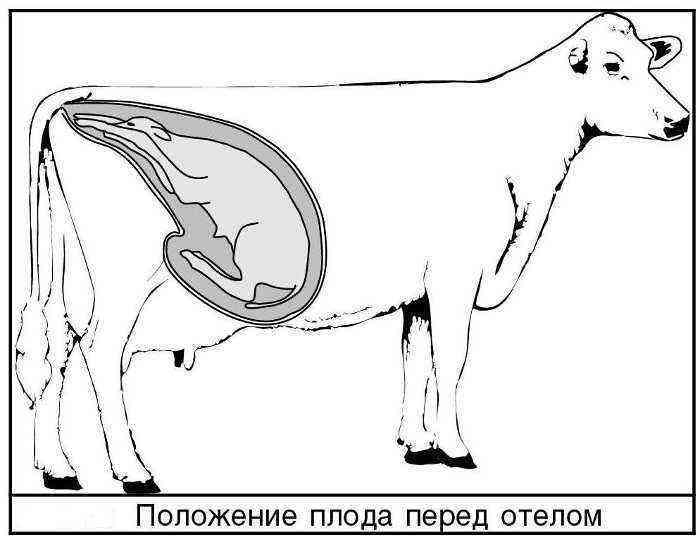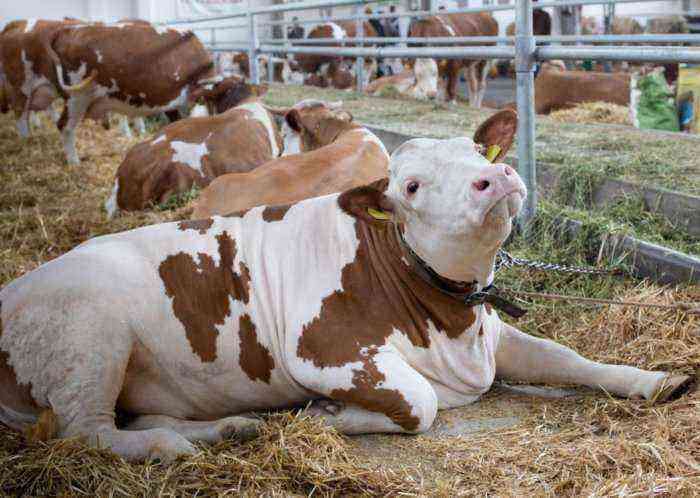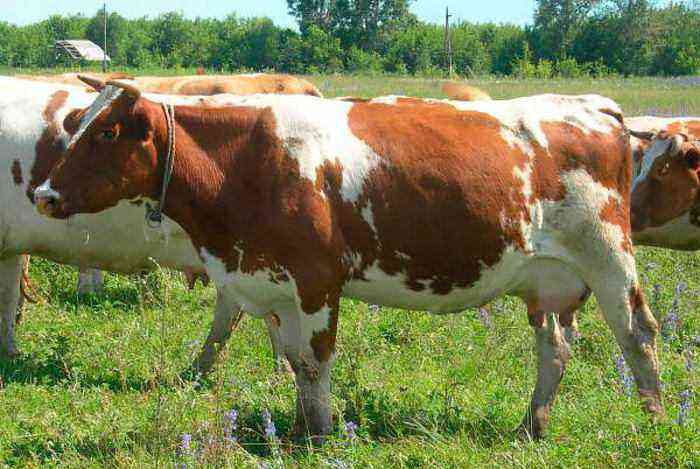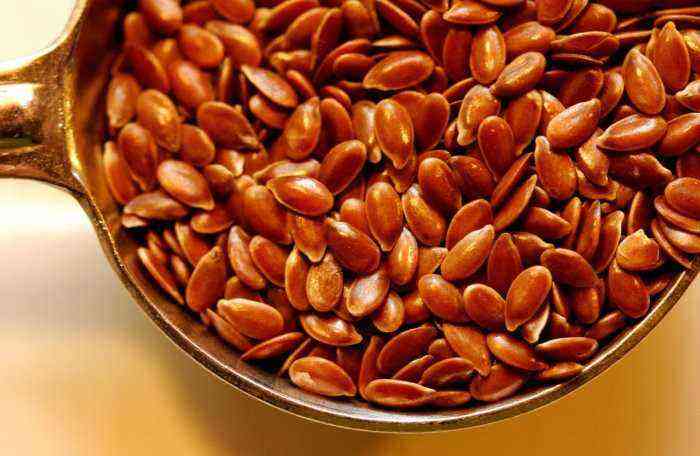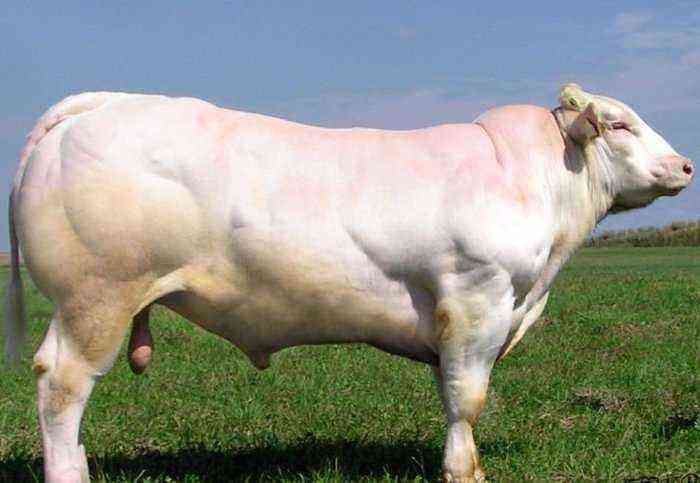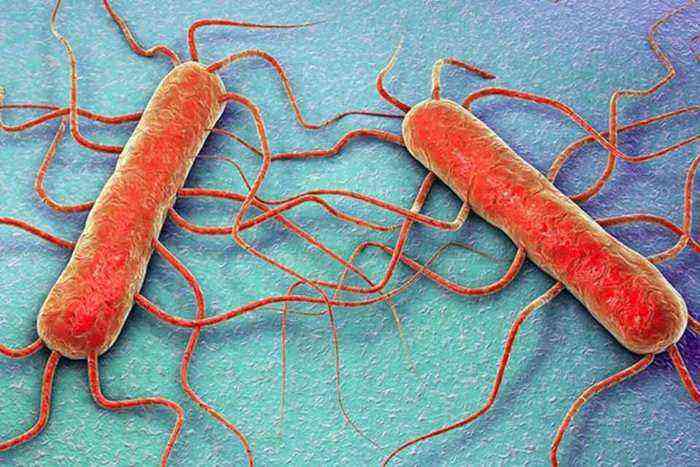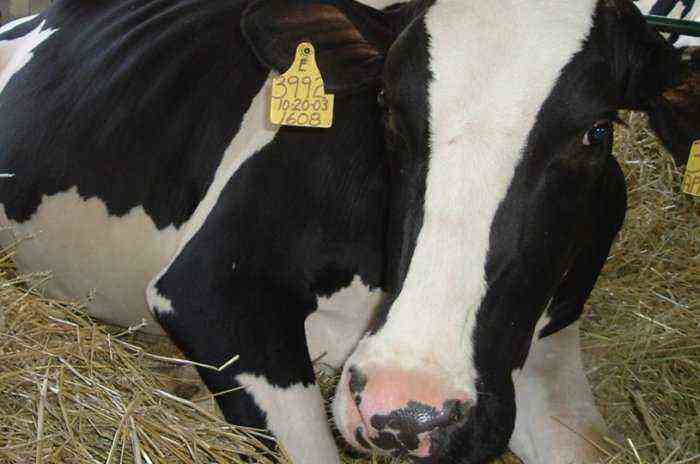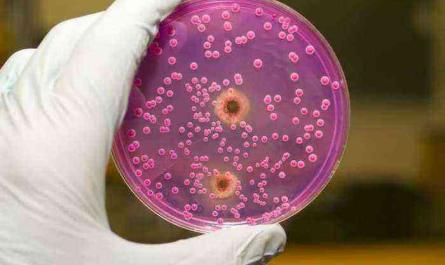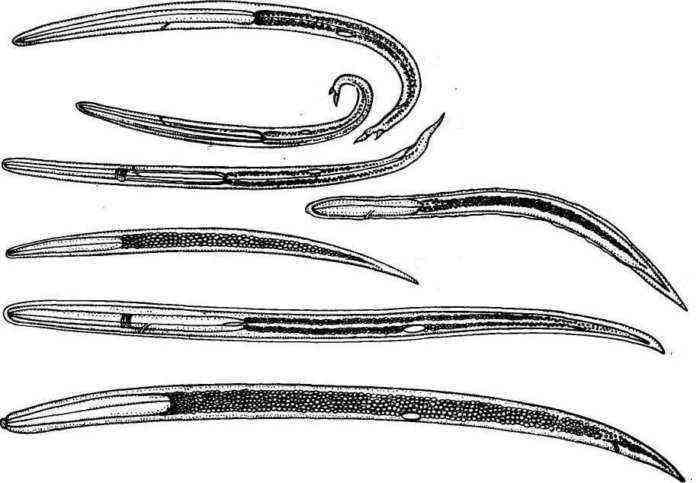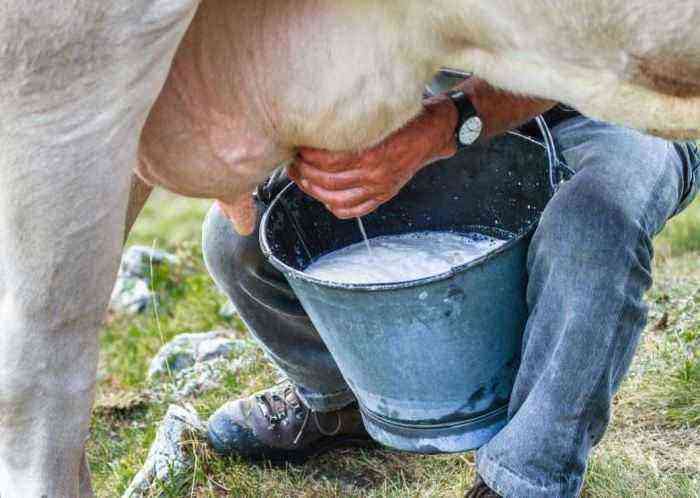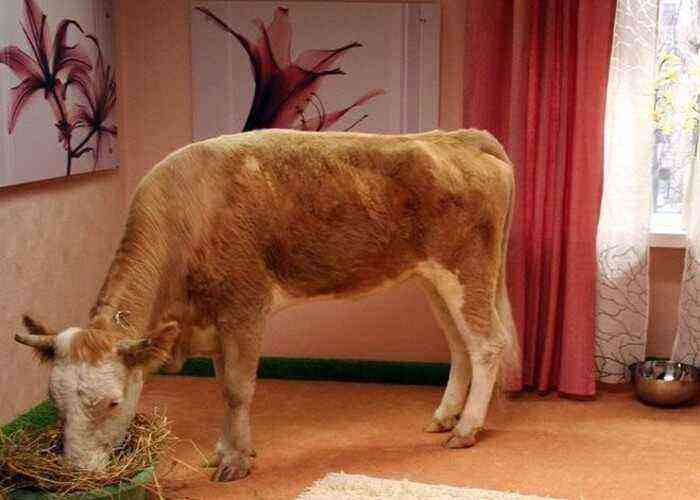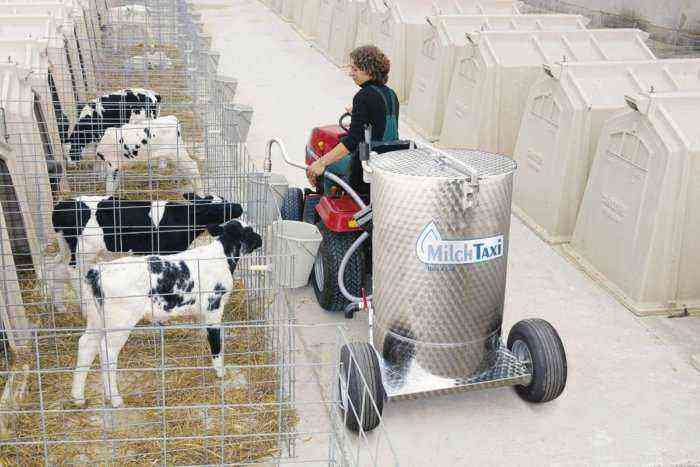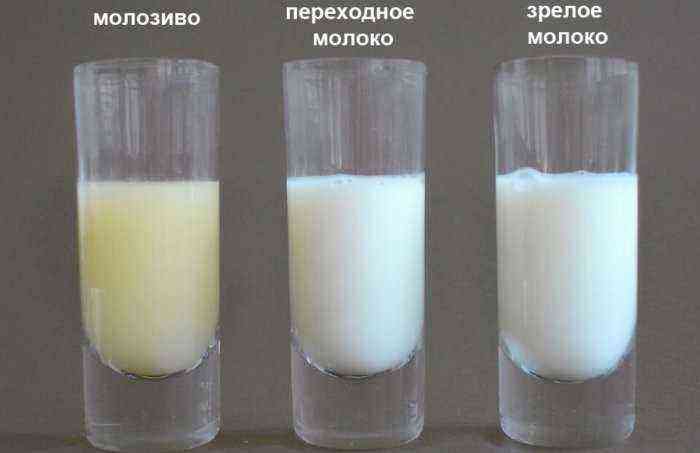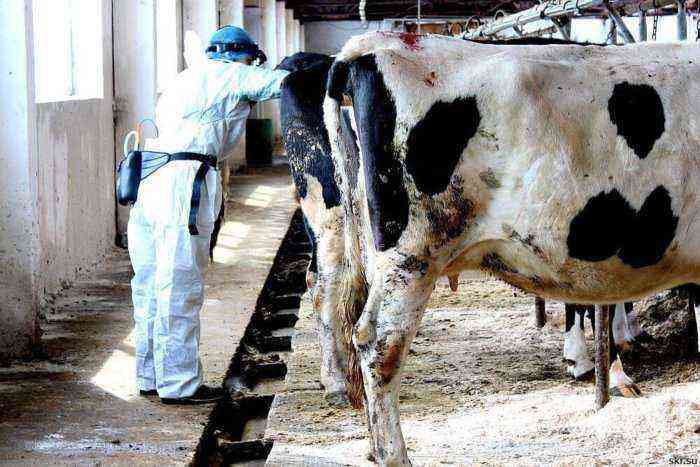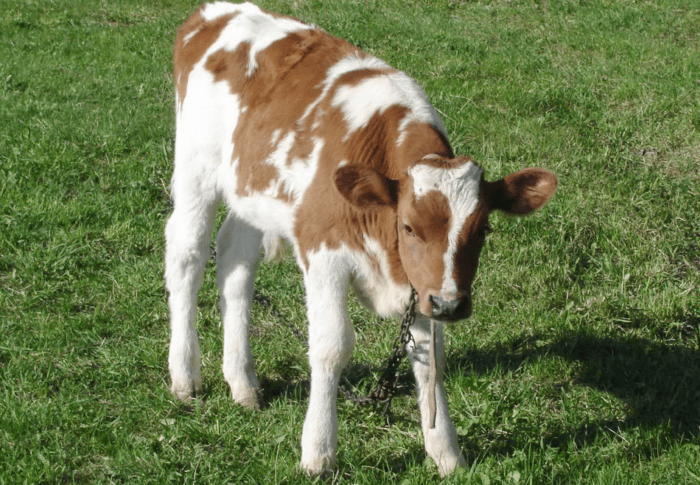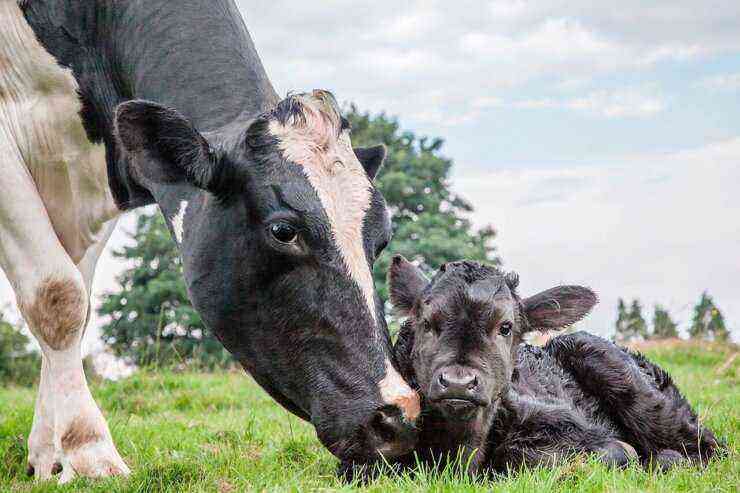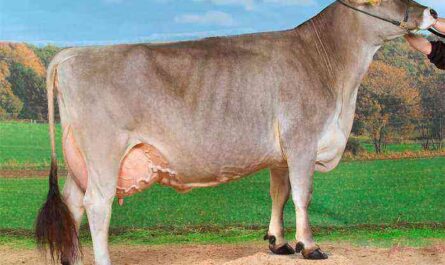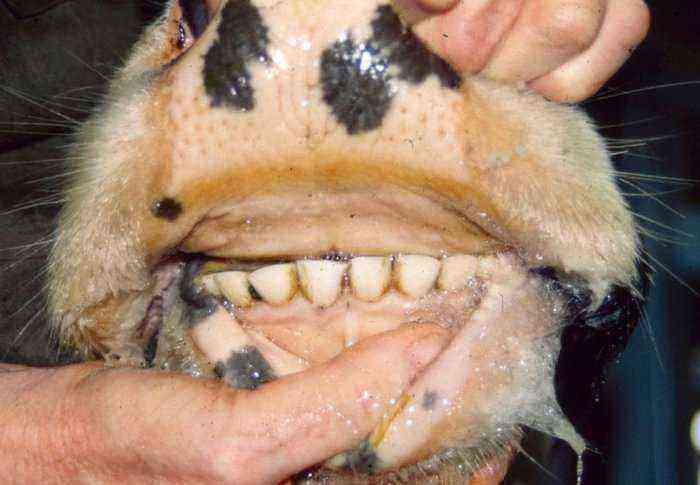Breeding cattle usually involves the need to castrate bulls. This is due not only to the need to moderate the ardor of a sexually mature animal. The reason lies in the fact that the meat of such gobies has high quality characteristics.
The meat of a castrated bull is tastier
The essence of castration of bulls
The answer to the question of when exactly the castration of bulls will be optimal depends on economic needs. If you breed animals for fattening and want to get high-quality, juicy meat, then it is best to carry out the operation at 2-3 months of age.
If bulls are to be used as draft animals, then castration should be delayed until the animals are two years old.
The best time for the operation is spring or early autumn. A castrated bull has a calm disposition, in very rare cases it shows aggressive behavior towards other animals or the owner.
Features of castrated bulls
In the meat of such individuals, the fat content is 1,5 – 2 times higher than that of non-castrated bulls. It is characterized by high juiciness and excellent taste characteristics.
Reference. Castration contributes to a more proportional development of the body of the animal, the skeleton becomes lighter, and the hips become more powerful. Slaughter output increases by 10 – 15%.
Castration methods
The most widely used methods are:
- on the ligature;
- using castration forceps;
- percutaneous or bloodless castration.
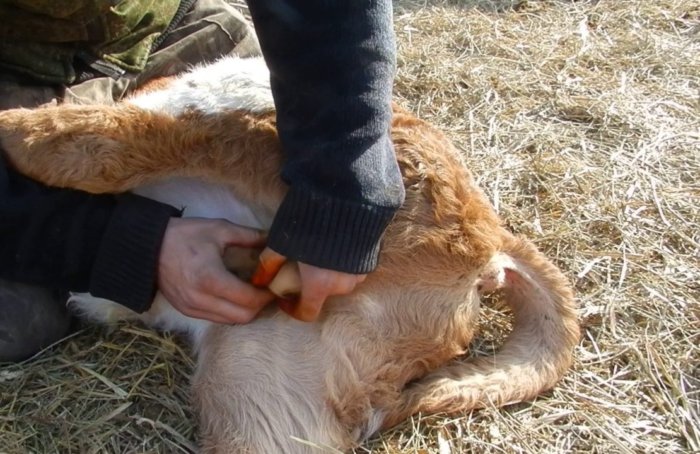
Bloodless castration
An open view is also practiced, used less often than others, but no less effective.
Ligature technique
It is done as follows:
- the animal is fixed on the left side;
- the skin on the scrotum is pulled at the top until it becomes smooth;
- using a scalpel, the tip is cut off by 3 cm;
- now the protruding testes should be seized in turn with forceps and removed;
- the skin is moved closer to the wall of the abdomen for the subsequent application of a ligature that forms a castration loop on the spermatic cord (4-5 cm from the testis);
- the testicles are removed one by one.
It is recommended to use a second ligature. It should be 2 cm away from the first. Tying the ligatures together will prevent the superior escape of the spermatic cord.
The operated bull is observed for 3 days. For accelerated wound healing, ointments based on creolin or lysol, as well as iodoform ointment, are usually used. Already on the second day, the animal should walk for at least half an hour 2 times during the day, and by the tenth day the bull will be completely ready for work.
Castration forceps
It is most often used in the castration of young animals. Includes the following manipulations:
- the scrotum is grasped with the left hand, the skin is stretched until the folds are straightened;
- a lateral incision is made through which the testicles are brought out;
- using special forceps, the spermatic cord is crushed, and the testis is unscrewed manually.
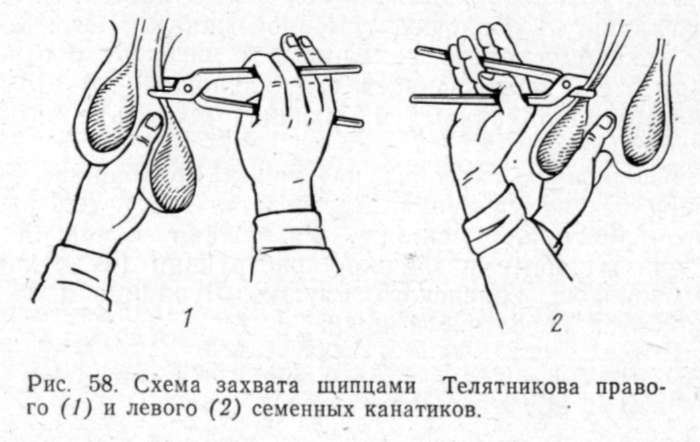
Scheme of grasping with forceps during castration
When carrying out such an operation, an emasculator is often used.
Overdressing technique
This is a bloodless type of castration. It is done like this:
- the neck of the scrotum is wiped with an alcohol solution, and then a ligature is applied to it, forming a castration loop (all hair should be removed at the site of clamping first);
- bandaging should be tight, so the ligature is pulled together using sticks that are tied to its ends.
In some cases, preliminary squeezing of the tissues with forceps is used. It lasts no more than 5 minutes, after which a ligature is applied.
Blood stops flowing into the scrotum tissue, after a few days this leads to tissue death. The scrotum falls off along with the ligature and testicles.
Open way
The fastest method of castration. Includes the following steps:
- the bull should be securely fixed, after which, using a scalpel, make a longitudinal incision of all layers of the scrotum, including the vaginal membrane;
- the testis is removed from the shell along with the spermatic cord, and the thickened part of the transitional ligament is cut;
- a ligature is applied to the cord (10 cm from the testis);
- now you need to retreat 2 cm from the ligature and cut the cord;
- the resulting stump is smeared with iodine and sprinkled with an antiseptic.
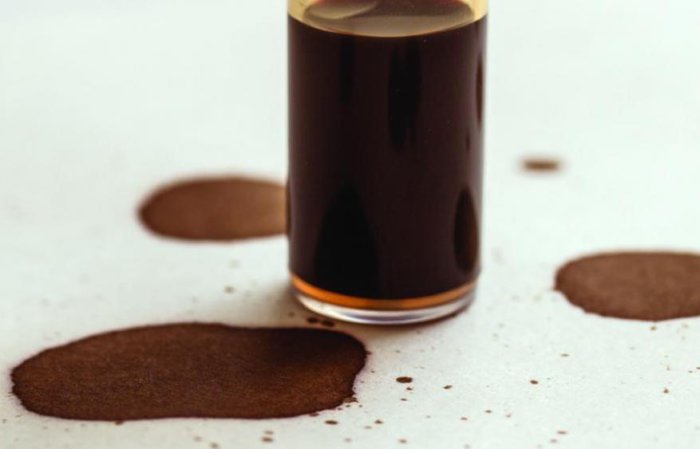
Iodine for further processing
Conclusion
Castration of bulls is very useful if it is carried out in a timely manner. The operation itself will not cause significant difficulties if you entrust it to a veterinarian. After a few days, the animal will be able to return to its normal lifestyle.
